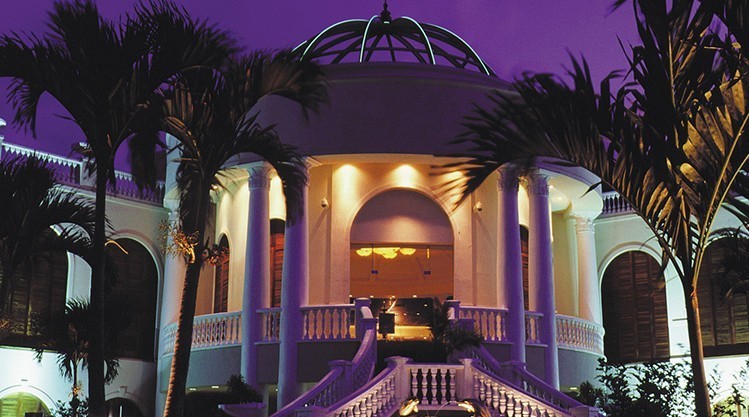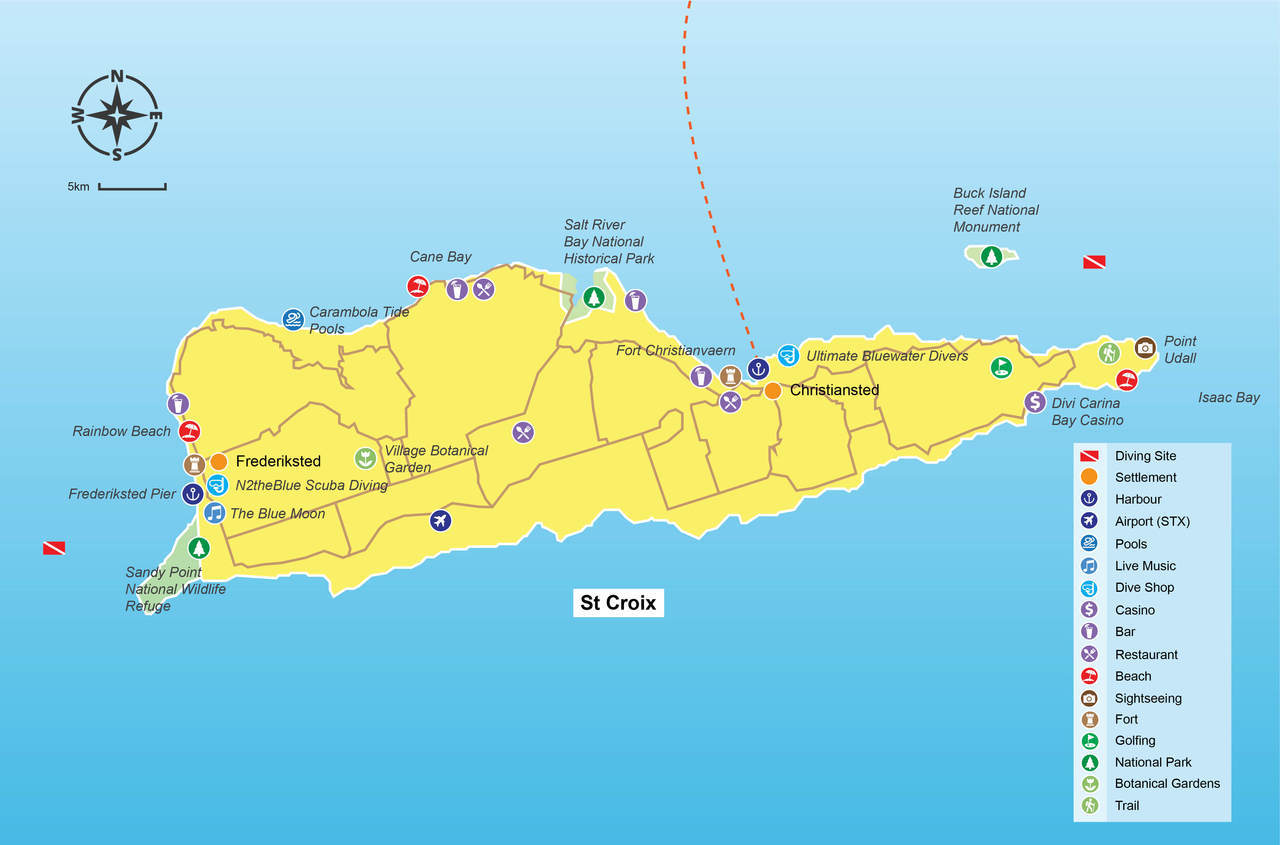St. Croix
St. Croix is the largest island in the U.S. territory. It has a beautiful rainforest, rolling hills, and the small towns are home to approximately 60.000 inhabitants. The biggest towns are on opposite ends of the island. Christiansted on the eastern end and Frederiksted on Christiansted on the east. Because of this, the island’s nickname has become “Twin City”. The total area of the island is 214.66 square km.
The terrain is quite rugged but not extreme. Mount Eagle is 355m high and the highest point on the island. The official spoken language on the island is English, although a local dialect called Crucian is also spoken. Yearly rainfall is extremely variable with the eastern part of the islands quite arid with a fair amount of cactus, while the western end has palm trees and lush vegetation. The island lacks fresh groundwater and freshwater streams or rivers thus extended drought has always been a problem (however with modern infrastructure this has become a thing of the past).
HOW TO GET TO ST CROIX
St. Croix Island is the largest of all USVI islands. The island has the international airport Henry E. Rohlsen from where tourist can catch direct and connecting flights between the islands. The airport connects St Thomas Island, Puerto Rico and other Caribbean Islands.

BEST PLACES TO VISIT ON ST. CROIX
Point Udall – The most eastern point of St. Croix. It was named after Stewart Udall, a U.S Secretary of the Interior under presidents Lyndon Johnson and John F. Kennedy.
In 2000, there was a sundial knows as the Millennium Monument built above the point for New Year’s celebration. A moderately difficult trail leads down to the point from the Monument, composed of rotated and uplifted volcanic rock.
Village Botanical Garden – A 16 acres botanical garden that is set in and around ruins and restored buildings of a Danish sugarcane plantation. It consists of over 1500 native and exotic species and varieties including cactus and succulents, orchids, a dry palmetum, native orberetum, rainforest, naturalized forest and bromeliads. It also has a library of 500 volumes, inside a post-emancipation cottage, restored early 1980.
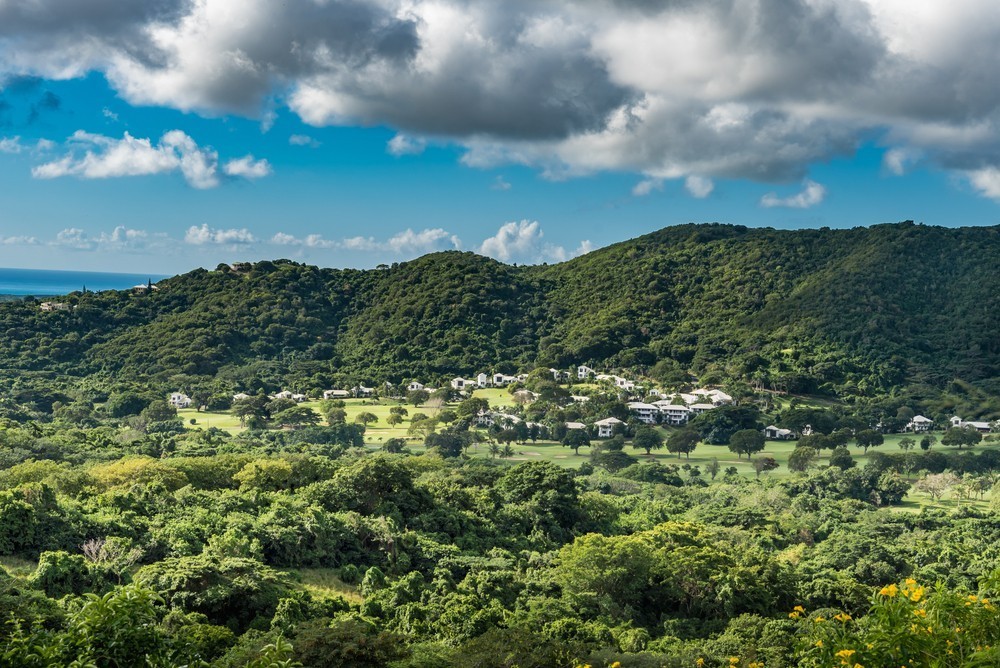
Christiansted – The largest town on St. Croix. It is the home to the Christiansted national historic site and former capital of the Danish West Indies. It consists of 18th-century Danish-style buildings built by African slaves. Stone buildings in pastel colours with red tile roofs next to cobblestone sidewalks. The symmetry, with streets pointing towards the waterfront, makes it popular for a walk. The wharf has access to a lot of diving attractions on the northern side of the island and has a lot of small hotels and restaurants.
Fort Christiansvaern – Constructed circa 1749 and rebuilt in 1771 after hurricane damage. It now is a national historic site, the best of the five remaining Danish-build forts in the Virgin Islands. It was made to protect the colony from pirates, hurricanes and slave emancipation. The forts cannons and guns have never been fired in a conflict. After 1878 the fort served as a prison and religious services.
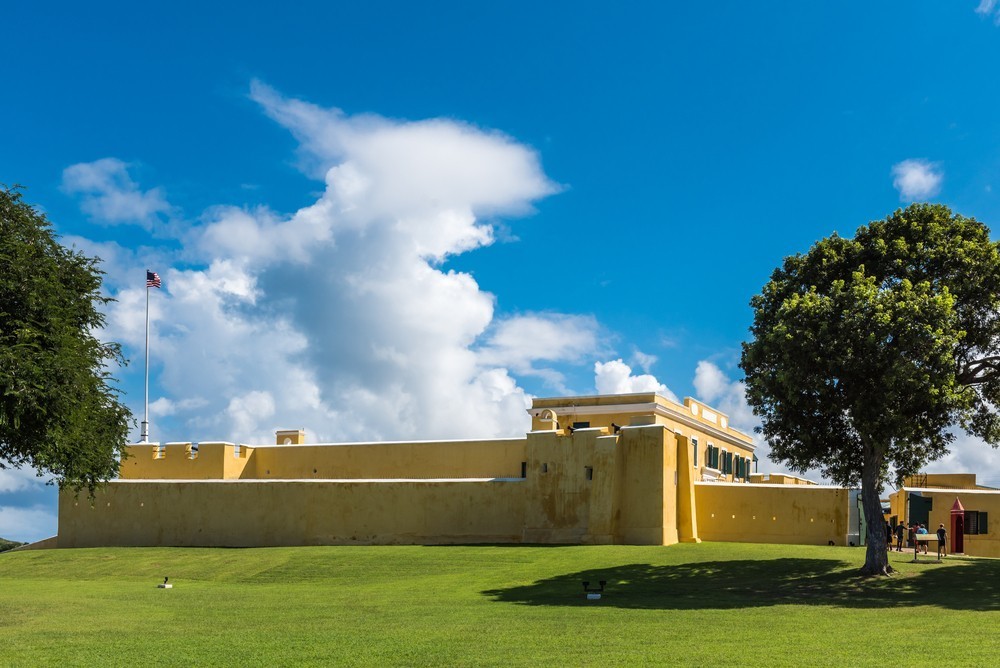
Buck Island Reef National Monument – A small, uninhabited island northeast of St. Croix. It is one of the few places where brown pelicans and threatened least terns nest. The majority of the monument is underwater, but there is enough to experience and explore in the water. One of only three underwater trails in the U.S. is located here, where you will spot over 250 fish species and other marine life such as spotted eagle rays, lemon sharks, nurse sharks, whitetip reef sharks and blacktip sharks. On the western part of the island, you will find Turtle Beach. This is a pristine white sand beach and National Geographic has voted it one of the world’s most beautiful beaches.
Frederiksted – Often referred to as “Freedom City” by locals because the town was the site of the emancipation of slaves. Frederiksted has two water ports and is the port for cruise ships and ferries visiting the island. It mostly is a sleepy town and has little to no retail shopping. The Frederiksted Pier offer scuba diving in the calm waters. There are several beach bars, restaurants and a few water sports companies.
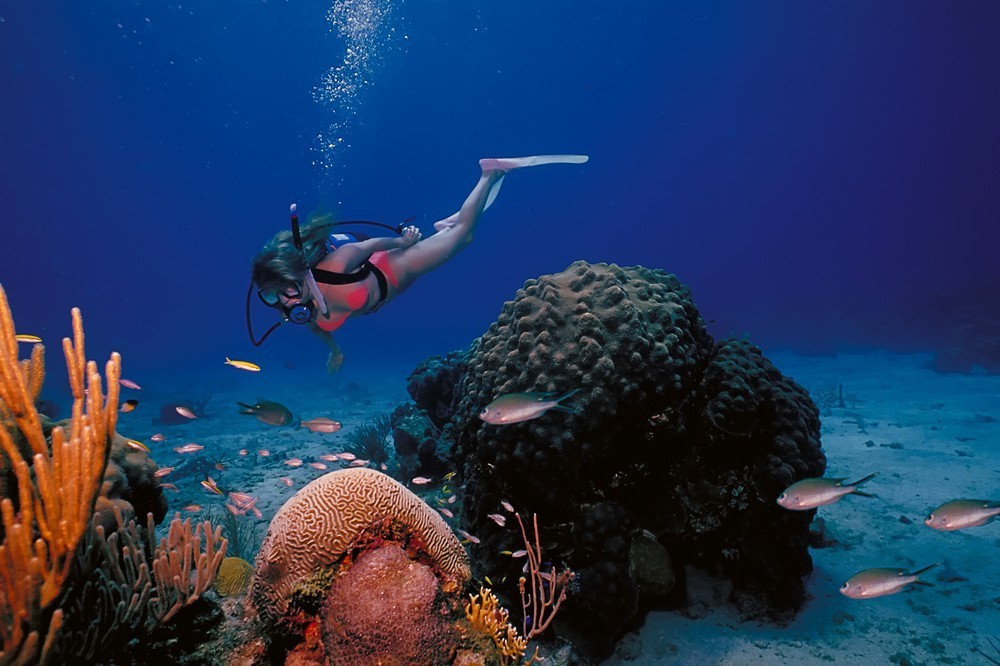
BEST THINGS TO DO IN ST. CROIX
Diving – Frederiksted is well known for reef diving and wreck diving. The waters surrounding St. Croix are warm, with temperatures from 25 °C (77 °F) – 30 °C (86 °F). There are two really popular underwater sites for scuba divers which are the Frederiksted Pier and a deep water drop-off at Salt River Bay National Historical Park.
The sandy bottom and shallow waters are perfect for Discover Scuba Diving programs, night diving and underwater photography. From Salt River to Cane bay, there is a deep trench, where tropical fish, coral reefs and sea turtles may be seen.
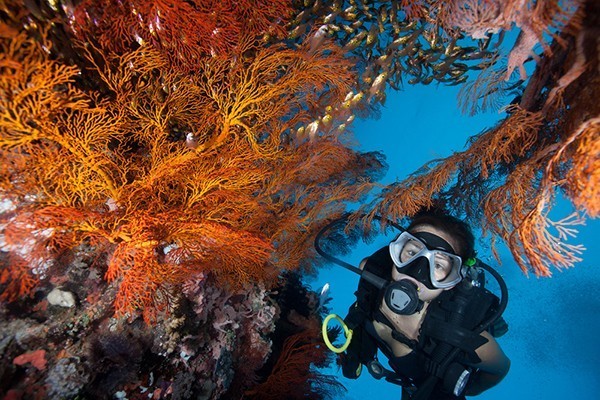
BEST PLACES TO EAT & DRINK ON ST. CROIX
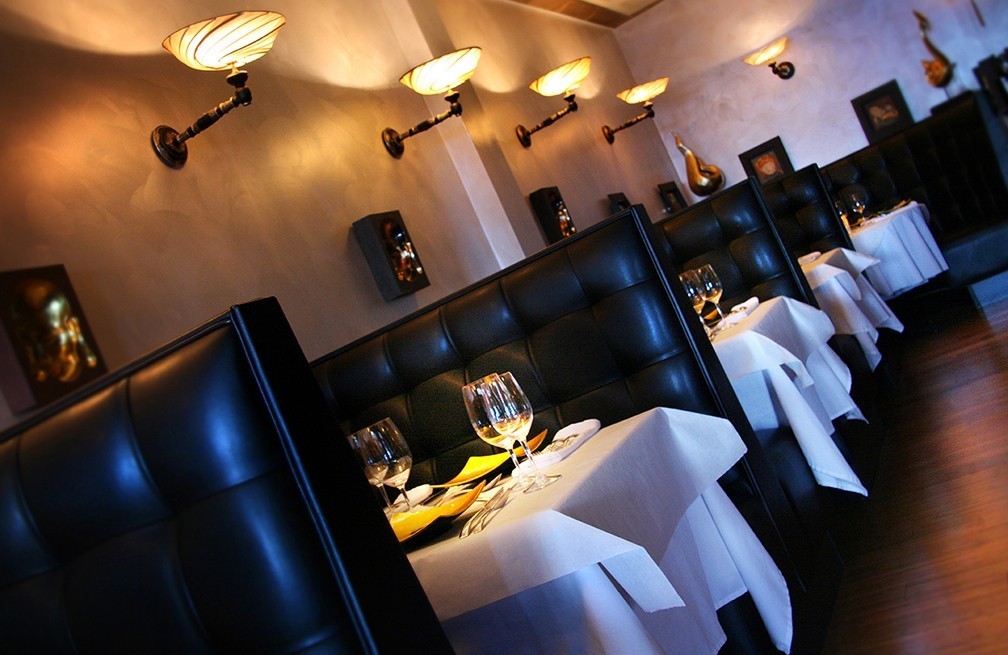
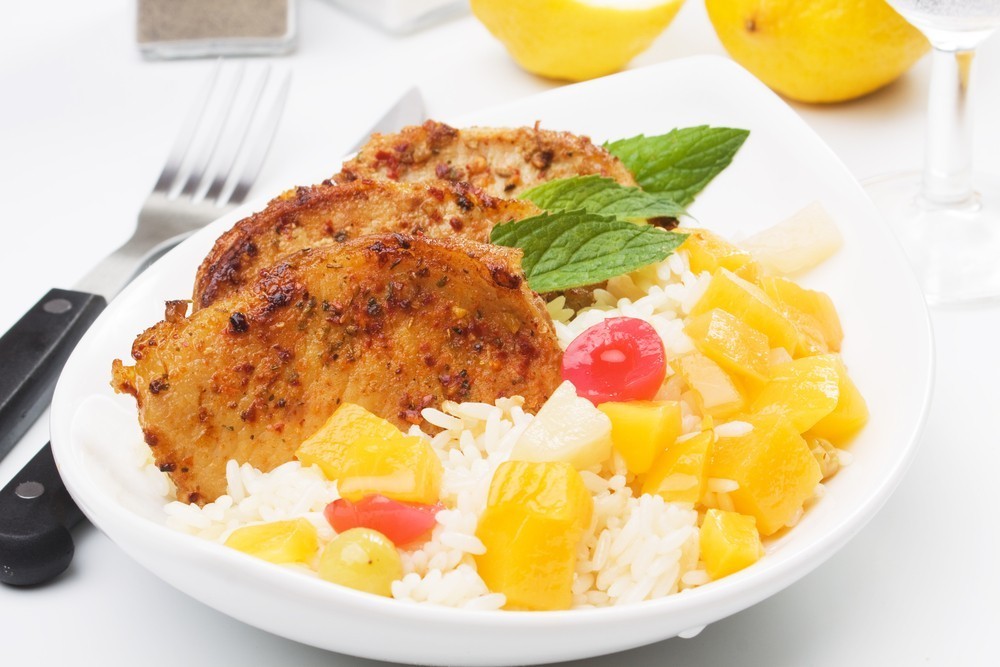
ST. CROIX NIGHTLIFE
